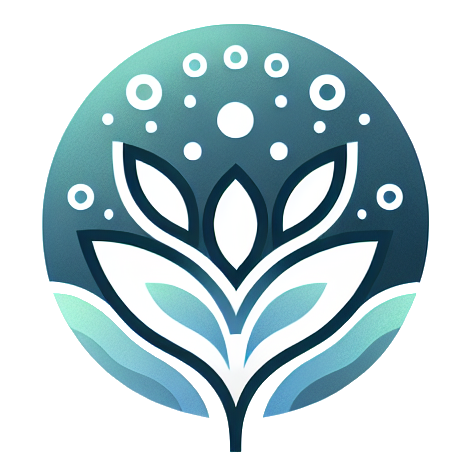In our fast-paced world, where hustle culture reigns supreme, the line between pushing ourselves to achieve our fitness goals and allowing our bodies the rest they need can often blur. Striking a balance between these two elements is crucial for long-term success and overall well-being. In this article, we’ll explore how to listen to your body, the signs it gives you, and how to cultivate a healthy approach to fitness that honors both effort and recovery.
The Importance of Listening to Your Body
Your body is a remarkable machine, equipped with an innate ability to communicate its needs. Understanding how to interpret these signals is vital. Whether you’re an avid gym-goer or someone who enjoys casual walks, your body's cues can guide you toward making the right decisions about when to push harder and when to take a step back.
Signs That It's Time to Push Yourself
Pushing your limits can lead to significant improvements in strength, endurance, and overall fitness. However, knowing when to do so requires self-awareness. Here are some indicators that it might be time to challenge yourself:
Increased Energy Levels: If you find yourself feeling energized after workouts and recovering well, it might be time to increase the intensity, duration, or frequency of your sessions.
Consistent Progress: If your performance metrics (like lifting heavier weights, running longer distances, or completing more repetitions) are improving, it suggests that your body can handle more.
Mental Motivation: Feeling excited and motivated to work out is a great sign! If you’re eager to hit the gym or go for a run, lean into that enthusiasm.
No Signs of Fatigue: If you’re consistently feeling rested and refreshed, it's a good indication that your body is ready for more.
Recognizing the Need for Rest
Rest is equally crucial for your fitness journey as pushing yourself. It's during recovery that your muscles heal, grow, and adapt to the stress you've placed on them. Here are some signs that it’s time to take a break:
Persistent Fatigue: If you feel unusually tired or fatigued, both mentally and physically, it might be a signal to rest. Your body could be telling you it's time to recover.
Decreased Performance: A sudden drop in your performance levels can indicate that you are overtraining. If you find that your usual workouts feel harder than before, it’s wise to take a step back.
Increased Irritability: Mood swings, irritability, and heightened stress levels can be signs of burnout. When your mental health is suffering, it’s time to prioritize rest.
Chronic Aches and Pains: If you experience persistent soreness or discomfort that doesn't subside with regular stretching or warm-up routines, it may be your body’s way of telling you to rest.
The Balance of Push and Rest
Finding the right balance between pushing your limits and allowing for recovery is essential for sustainable fitness. Here are some tips for maintaining this equilibrium:
Establish a Routine: Create a balanced workout schedule that incorporates both challenging workouts and rest days. Consider following a program that alternates between high-intensity days and active recovery days.
Mind Your Nutrition: Your diet plays a significant role in recovery. Fueling your body with the right nutrients can enhance recovery and performance. Focus on a balanced diet rich in whole foods, including lean proteins, healthy fats, and plenty of fruits and vegetables.
Prioritize Sleep: Quality sleep is foundational for recovery. Aim for 7-9 hours of sleep per night to allow your body to repair and rejuvenate.
Mindfulness and Self-Reflection: Engage in mindfulness practices such as yoga or meditation. These can help you connect with your body and better understand when you need to push or rest.
Creating a Personalized Approach
Every individual is unique, and understanding your personal fitness needs is crucial for success. What works for one person may not work for another. Consider the following when crafting a personalized approach:
Physical Fitness Level: Your starting point matters. Beginners might need more recovery time, while seasoned athletes may be able to push themselves harder.
Personal Goals: Define your fitness goals clearly. Are you training for a specific event, or are you looking to maintain overall health? Your goals can inform how hard you should push and when to rest.
Listen to Feedback: Regularly check in with yourself. How are you feeling physically and mentally? Adjust your approach based on the feedback your body provides.
“Fitness is not about being better than someone else. It’s about being better than you used to be.”
Conclusion: Embrace the Journey
Finding the right balance between pushing yourself and allowing for rest is a journey, not a destination. Embrace the process and be kind to yourself as you navigate your fitness path. By learning to listen to your body, recognizing the signs it provides, and creating a balanced routine, you can foster a positive relationship with fitness that promotes both progress and well-being.
Remember, the goal is not perfection. It’s about achieving a lifestyle that is sustainable, enjoyable, and, most importantly, healthy. As you move forward in your fitness journey, may you find the strength to push when needed and the wisdom to rest when necessary. Live boldly, but remember to rest deeply!
